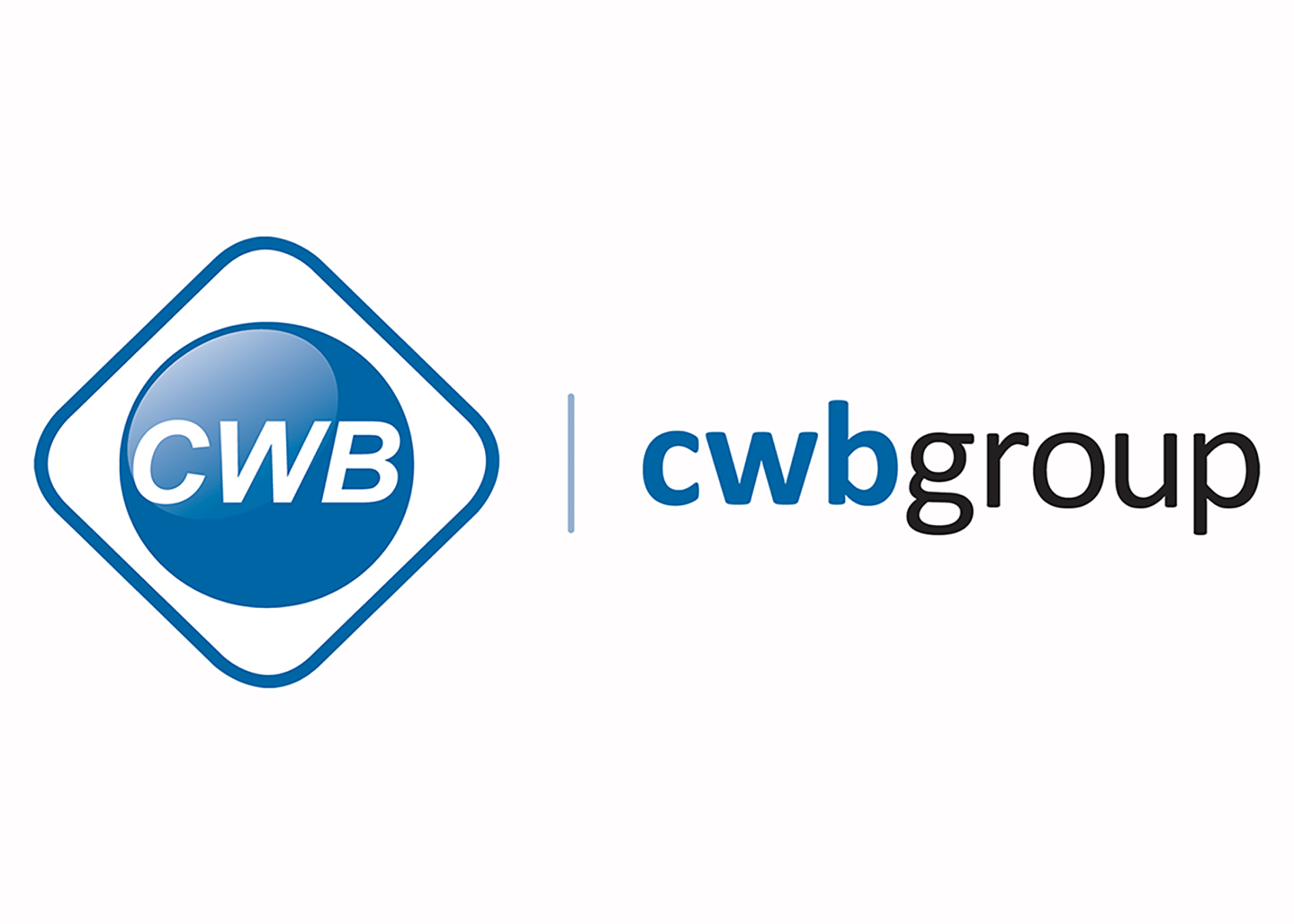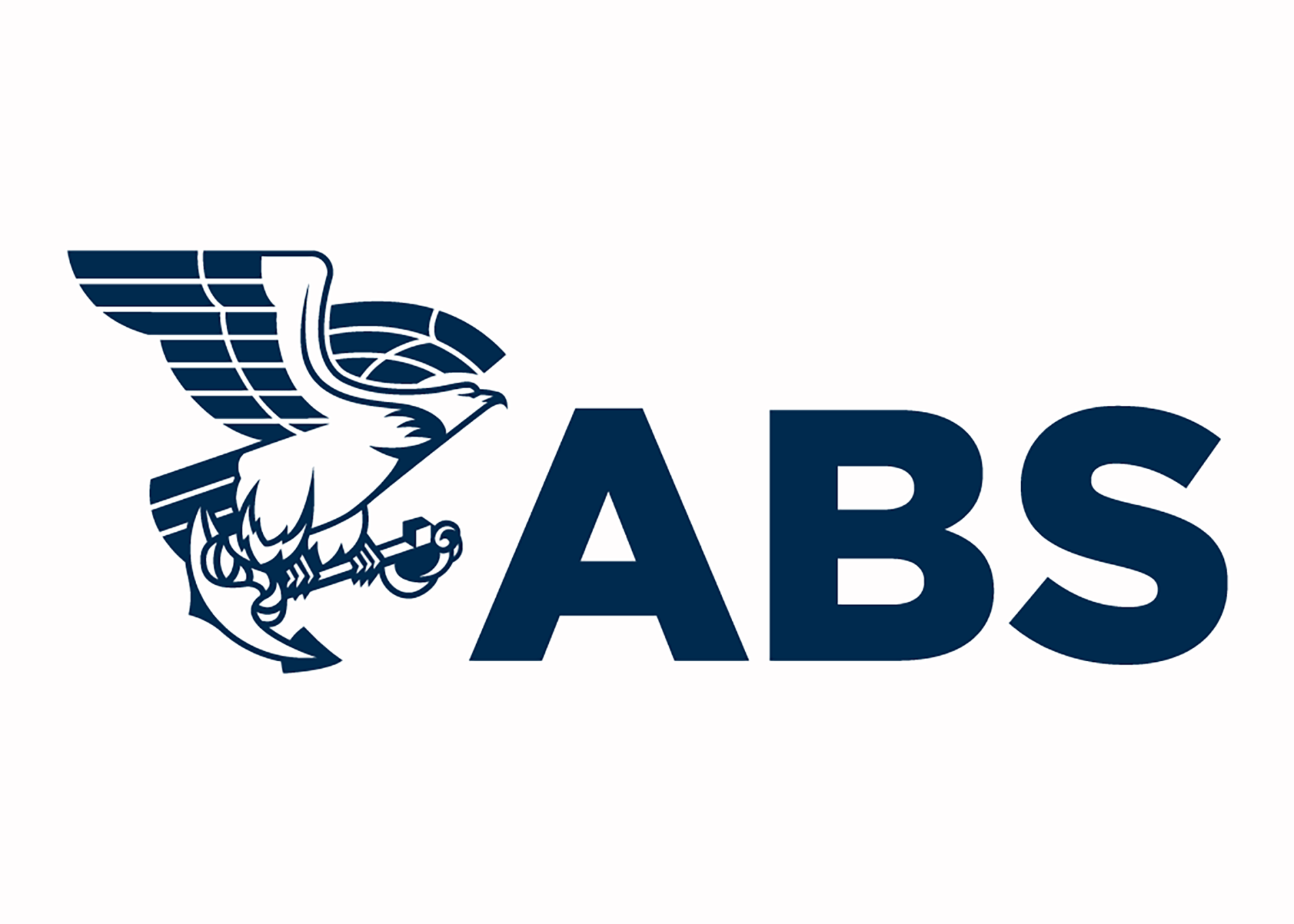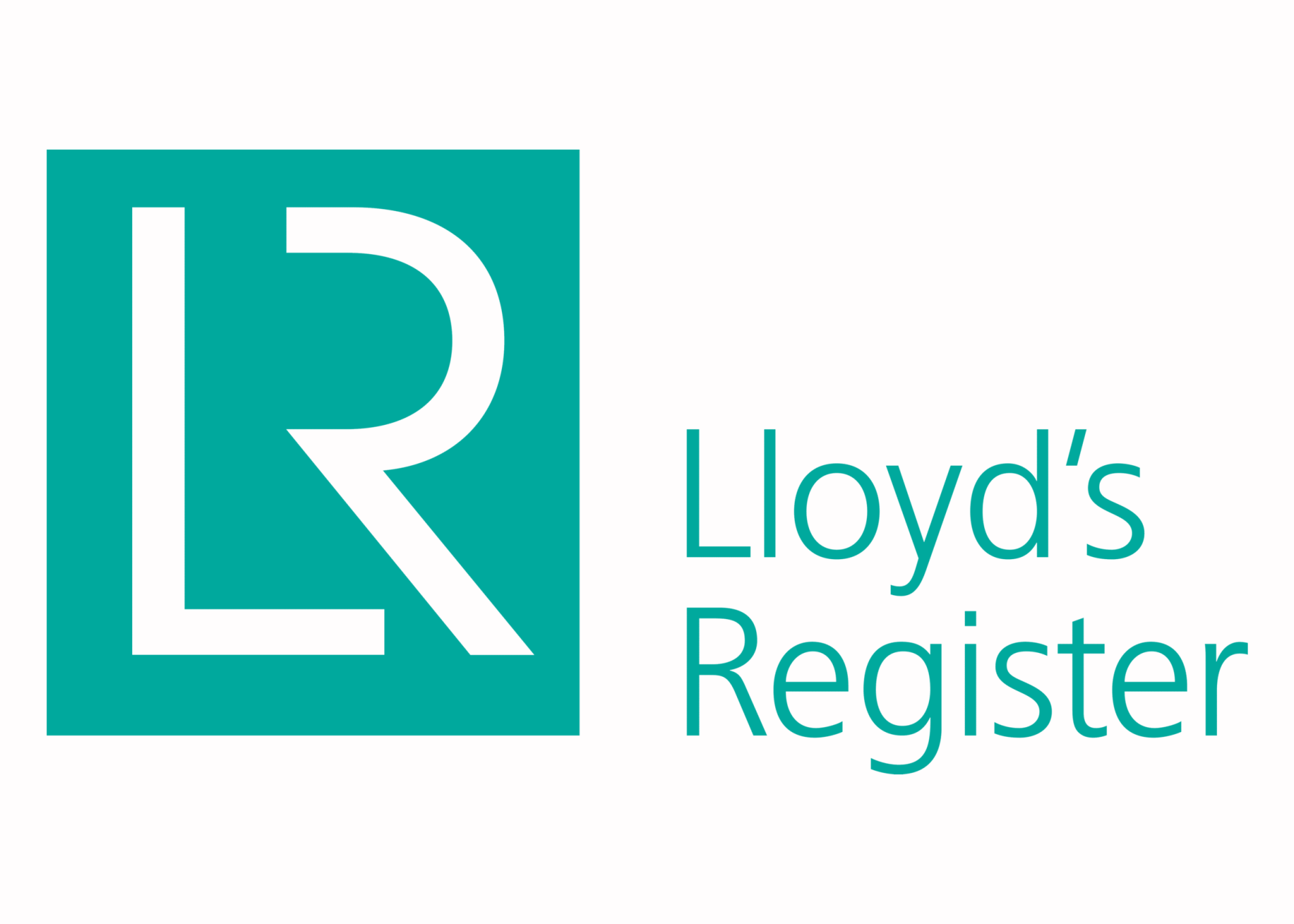Library
Find A Distributor

- Home
- News
- Contact us
Information
- Stainless Steel
- Carbon Steel
- Nickel Alloy
- Low Alloy
- Aluminum
- Cobalt-Hardfacing
- Executive Line Card
Products
- Find a Distributor
- Become a Distributor
distributors
©2024 Executive Filler Metals. All Rights Reserved.






